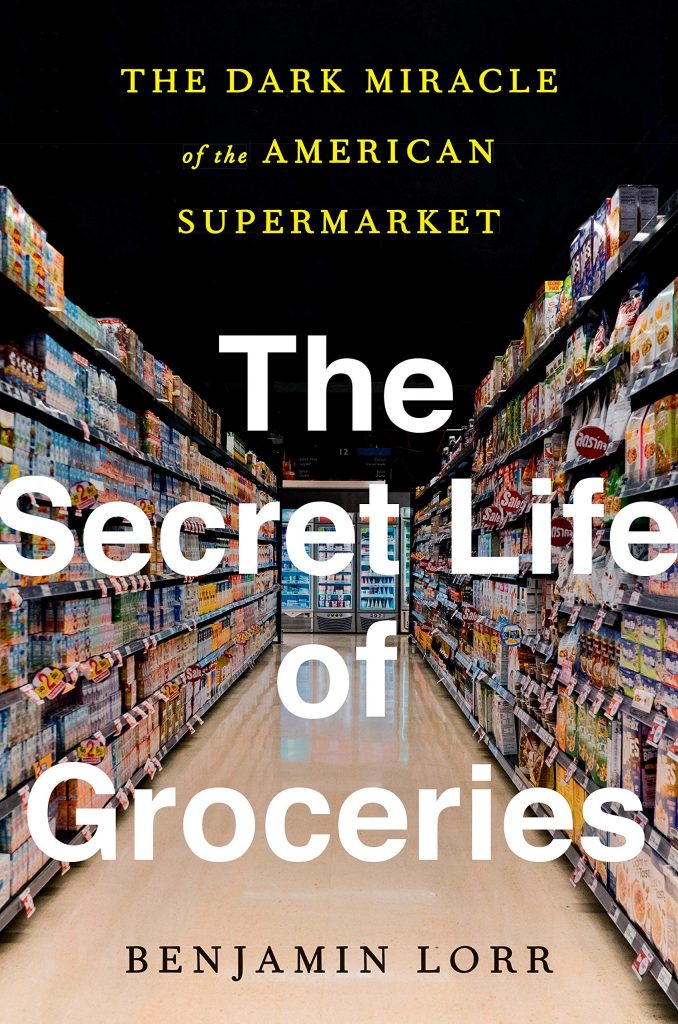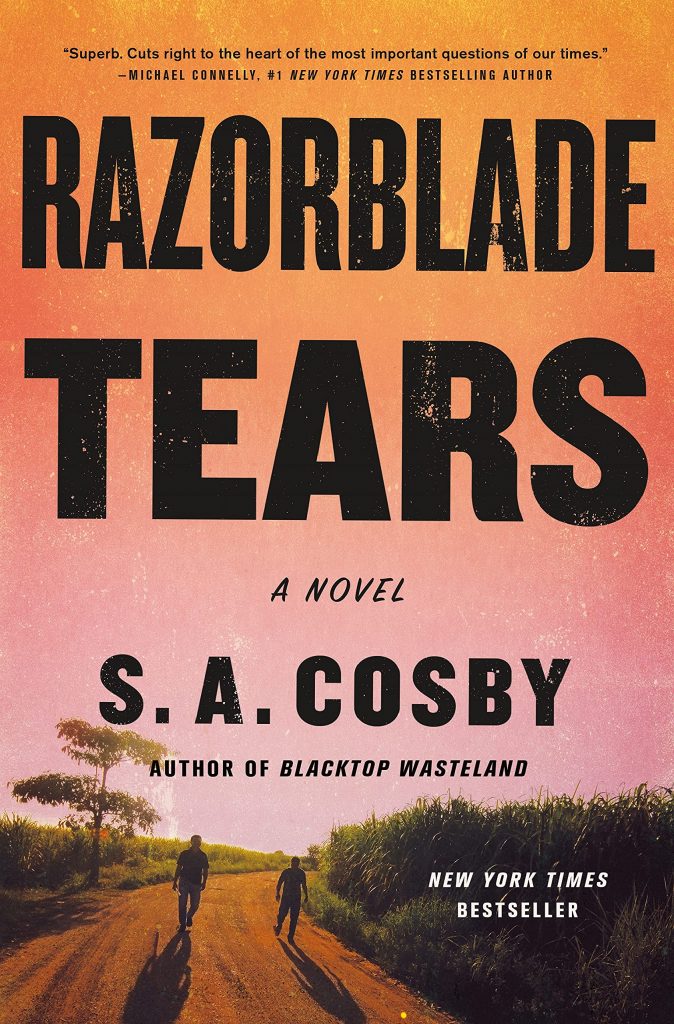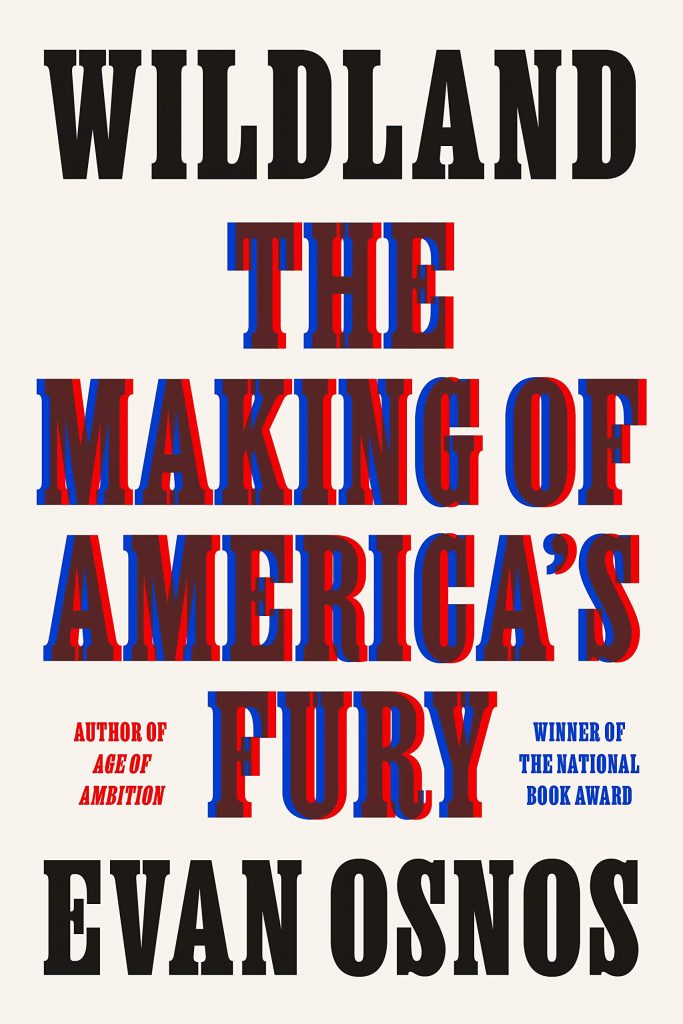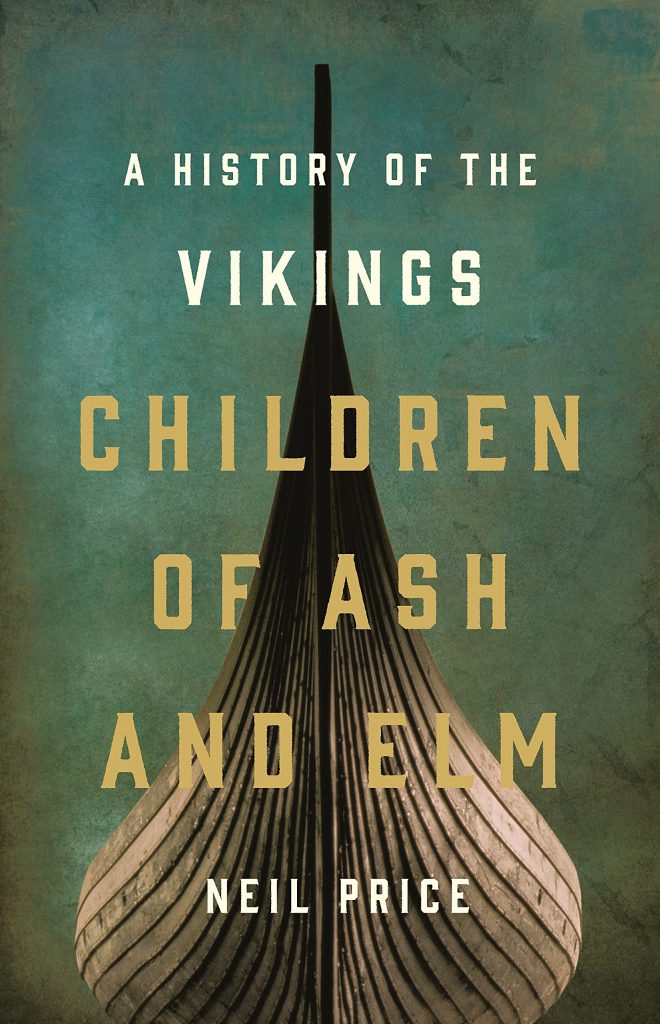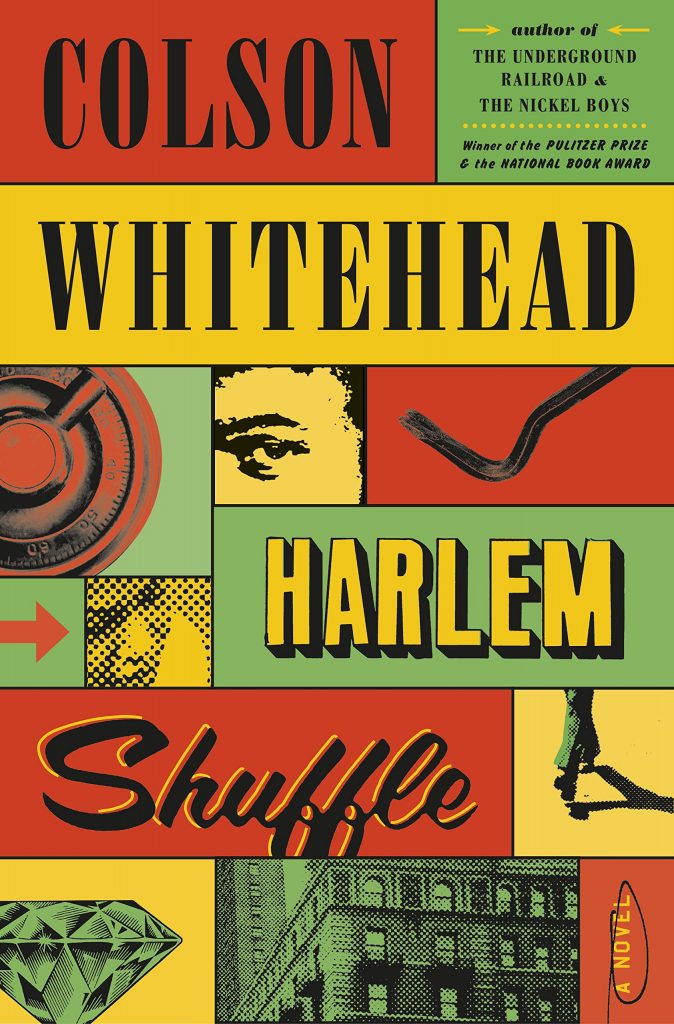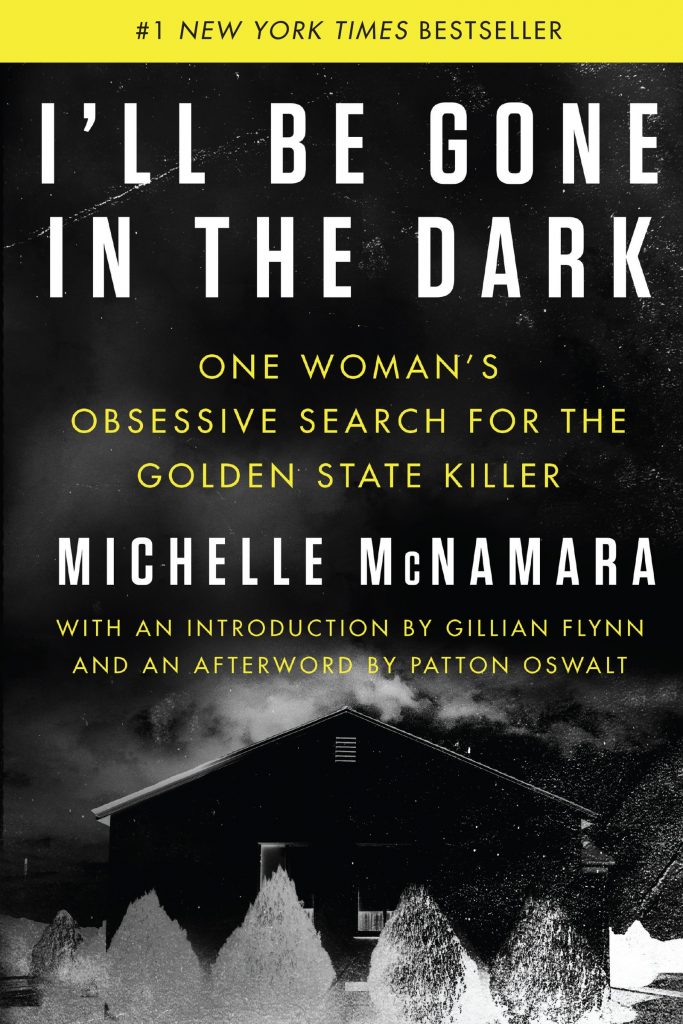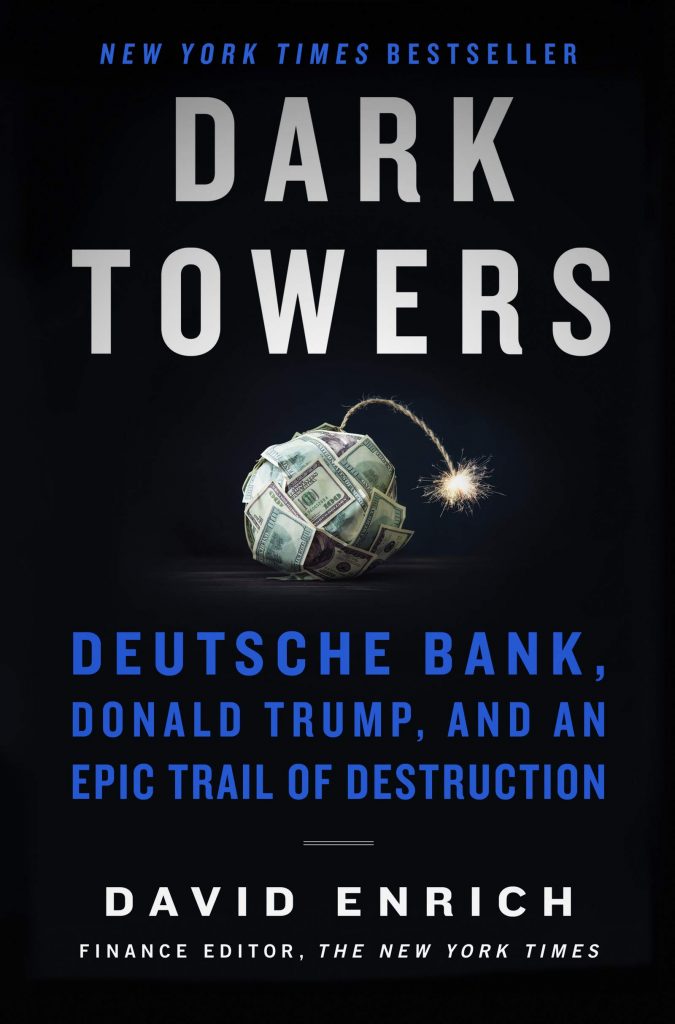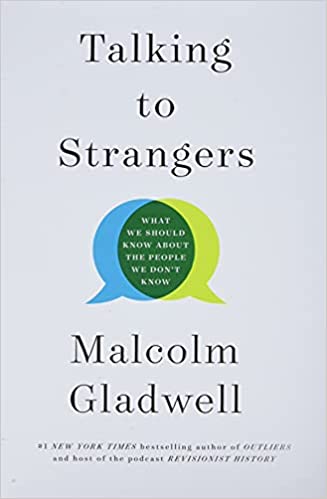
Ostensibly, the single battle that shaped the outcome of WW II (of which, there are no doubt many such single battles bearing that accolade), is the Battle for Midway Island in the Pacific. In the summer of 1942, America’s Navy was still reeling from its ravaging in its home port of Pearl Harbor. The Japanese Navy ruled the Pacific.
This fictionalized, but very-well researched, account describes most effectively the strategic plans needed to fight a battle. Generals, and in this case, Admirals, too, must plan to the last spool of barbed wire and final gallon of jet fuel the necessities to carry out an invasion or counterattack. Then they need commanders to follow orders, without wavering, even in the heat of battle. Except they also need commanders smart and brave enough to improvise when the enemy or conditions fail to match plans created in the comfort of an office space.

Aside from its airfields and appearance above the surface of the Pacific Ocean between Hawaii and Japan, Midway is not really worth fighting for, but it was here that the Japanese and American fleets and their shipborne aircraft had at it. Weirdly, for all of Shaara’s experience as a writer of war stories, the drama ends mid-book. Nonetheless, his description of the cultural distinctions between Japan and America and bravery and reticence of various fighters, if true, is intriguing.
